Do you know how to use a transistor as a switch? While the concept of transistors may seem complex and daunting at first, they are actually incredibly versatile and useful components that can help drive projects in all kinds of new directions. Transistors can act as both switches and amplifiers, allowing users to have total control over their circuit’s behavior. In today’s blog post, we will explore how transistors work and offer step-by-step guidance on using them as switches — so be sure to stick around!
What is the Transistor?
Transistors are widely used in computing applications such as memory storage, logic gates and integrated circuits. In addition, they are also commonly found in amplifiers, power supplies and other audio equipment. [1]
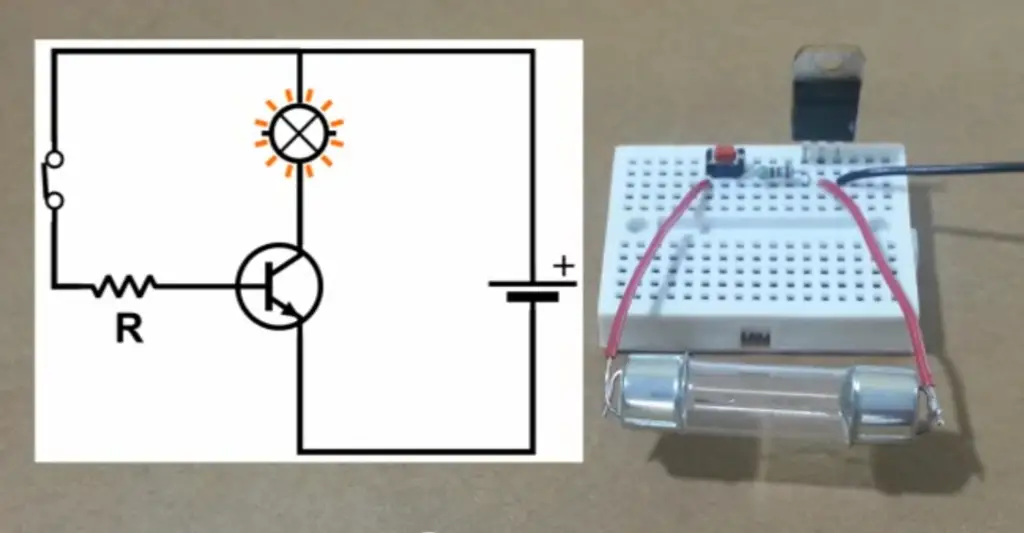
A Brief Note on BJT and FET Transistors
Before we can identify the most suitable method of using a transistor as a switch, we must first gain insight into the two predominant types of transistors employed for this purpose: BJT (Bipolar Junction Transistor) and FET (Field Effect Transistor).
A BJT consists of three terminals – Collector, Base and Emitter. Acting like an electrical switch, a current passing through the base terminal enables electrons to flow between collector and emitter terminals. This type of transistor works well for low power applications but requires more voltage for switching than a FET.
On the other hand, FETs have four terminals – Gate, Source, Drain and Body. They are relatively easy to control and require less power for switching than BJT transistors. FETs are commonly used as switches in digital circuits because they can be controlled by voltage or current sources and require very little current to operate. However, due to their construction, FET transistors have a much higher input impedance than BJT transistors which makes them less suitable for use in analog applications where high gain is required. [2]
Operating Modes of Transistors
Active Mode
In active mode, transistors are used to amplify signals. This is the most common use of transistors and they can be found in a variety of electronic circuits.
Cutoff Mode
When in cutoff mode, a transistor functions like an open electrical switch. This occurs when the base voltage is less than 0.7V and the current through the emitter-base junction is virtually zero. The collector-emitter path will not conduct in this state since no electrons are injected into the base region to be amplified by the collector current. To turn on an NPN transistor in cutoff mode, the base voltage must exceed 0.7V or higher.
Saturation Mode
In the saturation mode, a transistor acts like a closed switch. This occurs when the base voltage is sufficient to turn on the transistor and there is enough current flowing through it. In this state, the collector-emitter path will conduct current since electrons are being injected into the base region and amplified by the collector current. To turn off an NPN transistor in saturation mode, the base voltage must drop below 0.7V or lower.
Transistor as a Switch
When using a transistor as a switch, it is important to remember the two modes of operation – cutoff and saturation. In the cutoff mode, the transistor acts like an open switch, allowing no current to flow through the collector-emitter path. In saturation mode, the transistor acts like a closed switch, allowing current to flow from collector to emitter. By choosing the appropriate base voltage for your circuit, you can use transistors as either an on/off switch or an amplifier.
NPN Transistor as a Switch
NPN transistors are commonly used as switches due to their ability to be easily switched on and off. By applying a small current to the base of the transistor, it can be turned on or off, allowing current to flow through the collector-emitter path. This makes them ideal for use in circuits that require an electrically controlled switch. When using an NPN transistor as a switch, make sure you understand the two modes of operation – cutoff and saturation. Choose the appropriate base voltage for your circuit and ensure that you choose a transistor with sufficient gain for your application. With these tips in mind, you’ll be able to successfully use transistors as switches in your electronic projects.
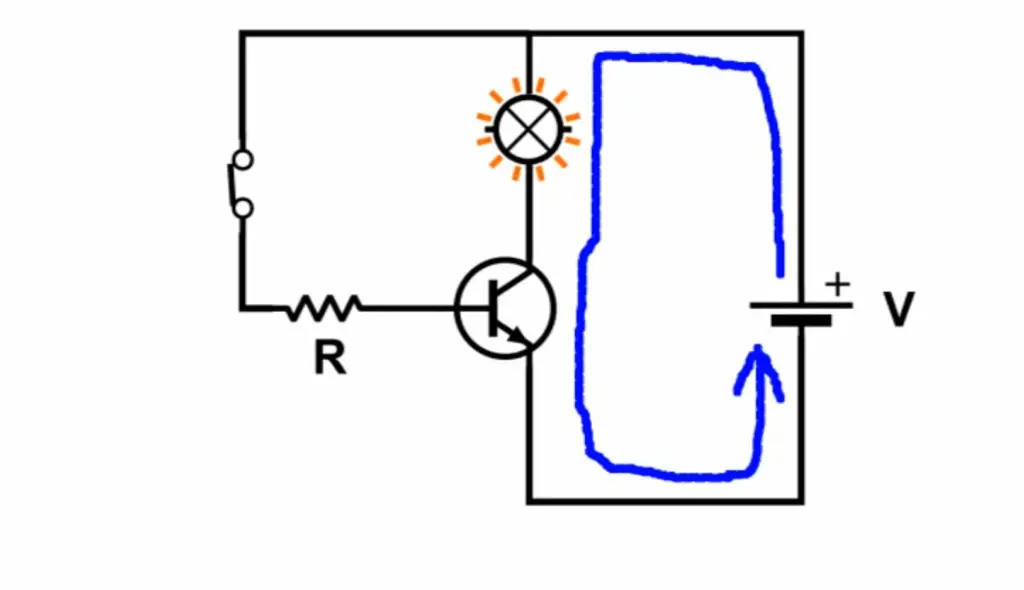
Example of NPN Transistor as a Switch
A common example of using a transistor as a switch is with an NPN transistor such as the 2N2222. In this configuration, the collector is connected to a positive voltage source, and the emitter is connected to ground. The base is used as the input control. When no current flows into the base, the transistor will be turned off, meaning that no current can flow from collector to emitter.
However, when a small current is applied to the base, this will cause a much larger current to flow through from collector to emitter, allowing electrical devices connected between these two points to turn on or off depending on whether there is a base current or not. This can be used in circuits such as timers or logic controllers where it is necessary to switch a current on or off based on an input signal.
In addition, the amount of current flowing through the transistor can be controlled by changing the amount of base current. This means that transistors can also be used as amplifiers, increasing signals from one connection to another. This is useful for circuits where a small control signal needs to be amplified in order to drive larger loads such as motors. [3]
PNP Transistor as a Switch
A PNP transistor is normally off and requires a small current at the base to turn on (“saturate”) allowing for larger currents from collector to emitter. This type of circuit is useful for switching mobile devices, such as radios or other electronic devices, on and off.
To use a PNP transistor switch, connect the positive voltage source to the collector terminal of the transistor and ground pin to the emitter terminal. Then apply a base current to turn it on. When this current is removed, the transistor will turn back off again. The amount of current that needs to be applied depends on the exact model of transistor being used so consult your datasheet for exact details.
When choosing a PNP transistor as a switch, it is important to consider the current and voltage ratings of the device. This will ensure that the device can handle the amount of current needed for your application without becoming damaged or overheating. Also be sure to use a suitable resistor value in series with the base terminal to provide a safe level of current flow through the transistor and prevent damage from overcurrent conditions. Once you have selected an appropriate PNP transistor and created your circuit, you should perform some initial testing before integrating into your system.
Check for proper operation under different load conditions by slowly increasing loads until saturation is reached and switching performance is verified.
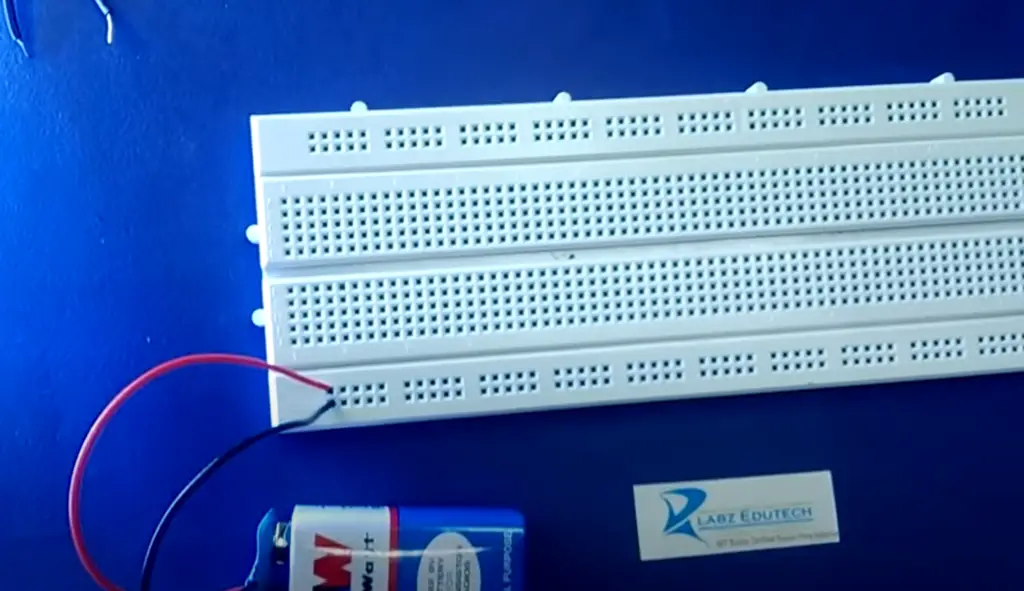
Example of PNP Transistor as a Switch
In this example, a PNP transistor is used to switch a circuit between two different operating modes. A voltage divider consisting of R1 and R2 provides the base current for saturating the transistor. When the input signal is high, it turns on the transistor, which connects the output to ground and shuts off the output. When the input signal is low, it turns off the transistor and allows current to pass from collector to emitter until saturation is reached.
This will keep the output active until saturation is reached again when another high signal is received at the base terminal. This type of switching can be an effective way to control multiple circuits with one input signal or change operation modes in complex systems. Rigorous testing should be performed to ensure that all components are working properly and the circuit is meeting its intended purpose.
With careful design and proper testing, a PNP transistor can be an effective way of switching circuits on or off depending on the conditions present in your system. Keep in mind the voltage and current ratings of your device when selecting it for switching applications, as well as any other safety considerations such as temperature range or electromagnetic compatibility issues. [4]
Practical Examples of Transistor as a Switch
Transistor to Switch the LED
This is one of the simplest applications of a transistor as a switch. To start off, we need to create two circuits: the control circuit (transistor and its biasing components) and the load circuit (the LED).
In this example, we’ll use an NPN transistor with a 5V power source. Connect the positive terminal of the power source to the collector and ground to the emitter. Then connect the base of the NPN transistor through a resistor to ground and then connect a push button between the resistor and +5V. When you press the push button, it will complete the circuit allowing current flow from +5v through the base-emitter junction making it into the saturation region.
Now for connecting a load circuit, we’ll connect the LED between the collector and ground. Upon pressing the push button, current will flow from base to emitter of the transistor thus allowing current to pass from collector to emitter through the LED. This makes it glow. This example shows how an NPN transistor can be used as a switch. However, this setup is not ideal for controlling high power loads because of limited current capacity of transistors. It is better suited for low power applications like controlling LEDs, relays etc.
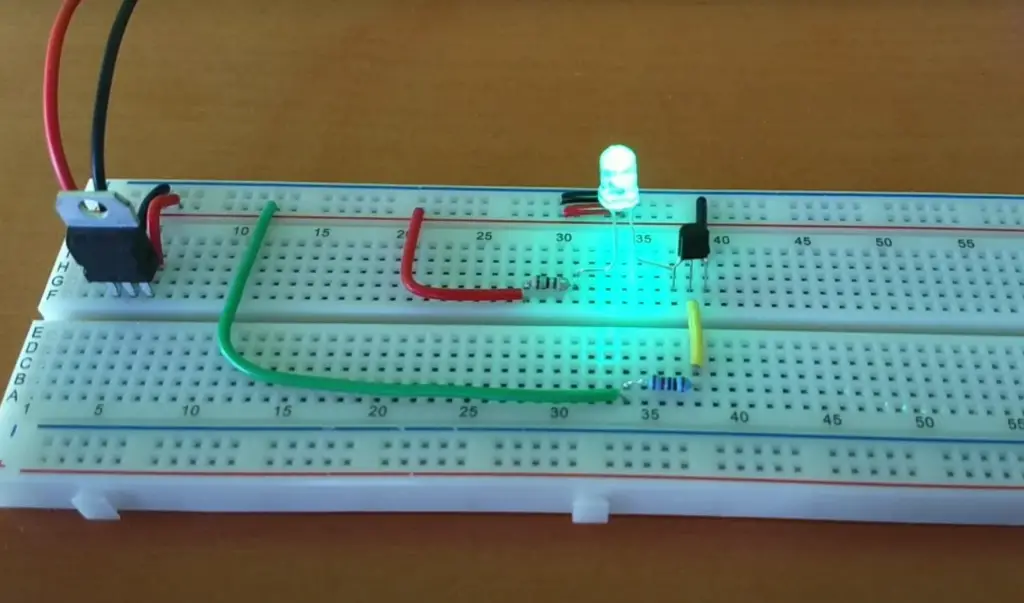
Transistor to Operate the Relay
A transistor can be used to operate a relay, allowing remote control of an appliance or device. To do this, the collector of the BJT (Bipolar Junction Transistor) is connected to one side of the coil on the relay and the emitter is connected to earth. The base needs to be switched between 0V (off) and +5V (on).
By connecting a higher voltage supply across the two terminals on the relay coil, when a signal is applied to the base of the transistor it will turn on, energizing the coil. This in turn causes an electromagnet inside the relay which attracts an armature and changes over two contacts inside closing them. This allows current from your higher voltage supply to pass through the relay and to whatever it is you are controlling. Once the base of the transistor is switched off, it will no longer be conducting current, and so the coil of the relay will de-energise causing the armature to move back to its original position, opening up the contacts inside.
This process can then be repeated as many times as needed. Using this technique with a BJT or any other type of transistor allows for easy remote control of devices attached to a power source. It also provides an added layer of safety by not having to use mains voltage near your circuit but instead just a low voltage signal to activate them remotely. [5]
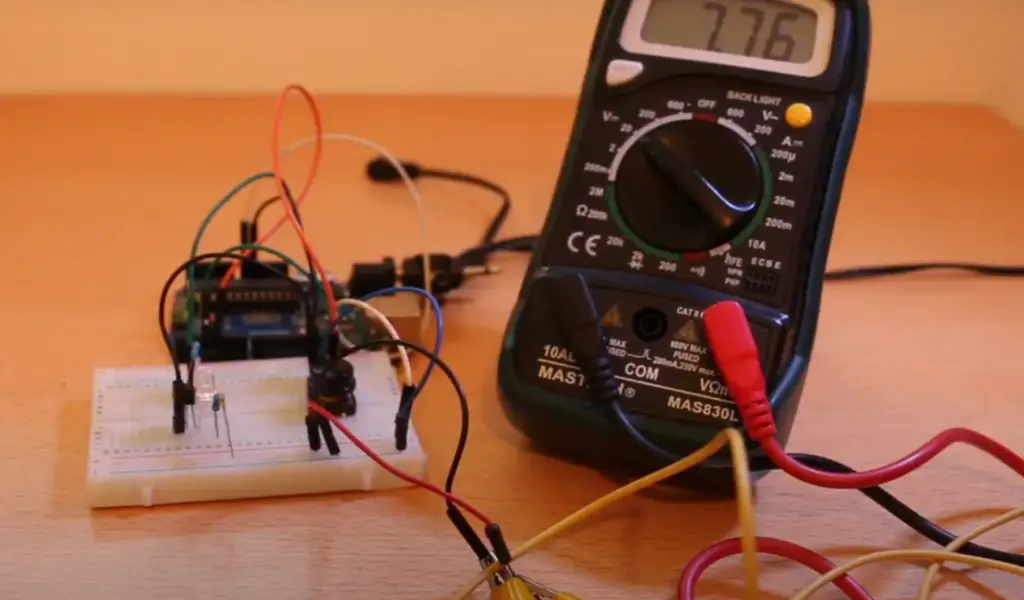
Transistor to Drive the Motor
The transistor can be used to drive a motor as well. A simple circuit of a transistor and a DC motor is shown below. In this circuit, the resistor R2 is used to limit the current flowing into the base (B) of the transistor. The resistor R1 is used to control the voltage applied to the emitter (E). When enough voltage is applied, it will cause current to flow through the motor and turn it on. When this happens, more current will flow from the collector (C) pin of the transistor to ground, thus allowing more power to go through the motor and making it rotate faster. The speed of rotation can be adjusted by varying R2 and R1 resistors in order for just enough current to flow into the base. The transistor used in this circuit can be replaced with an N-channel MOSFET, which has higher switching speed and lower power consumption than a transistor.
Types of Transistors
There are two main types of transistors that you can use as a switch: bipolar junction transistors (BJTs) and field-effect transistors (FETs). Both have their own advantages and disadvantages when used as switches, so it’s important to understand the differences between them.
Bipolar Junction Transistor (BJT): This is one of the most commonly used types of transistor for switching applications. BJTs have three terminals: Base, Collector and Emitter. These are connected in such a way that when a current flows through the base terminal, it creates a conductive path from collector to emitter, allowing current to flow from collector to emitter. The advantage with BJTs is that they can switch large current and voltage levels with relatively low power consumption.
Field-Effect Transistor (FET): FETs are similar to BJTs in that they also have three terminals: Gate, Source and Drain. When the gate is activated by a small voltage level, it acts as an insulator between source and drain. This causes the current to flow from source to drain, thus switching on the device. The major advantage of FETs over BJTs is their very low power consumption which makes them ideal for applications where low power usage is important.
When deciding what type of transistor to use as a switch, you should consider the application requirements like maximum current handling capacity, voltage range etc., and then select the device that best suits your needs.
Once you have selected the type of transistor to use, it’s important to understand how to properly connect and configure it so that it works as intended. When connecting a BJT or FET switch, pay attention to such things as wiring polarity, voltage and current ratings, circuit layout etc., as these can affect the performance of the switch. With proper setup and configuration, transistors can be used reliably for switching applications.
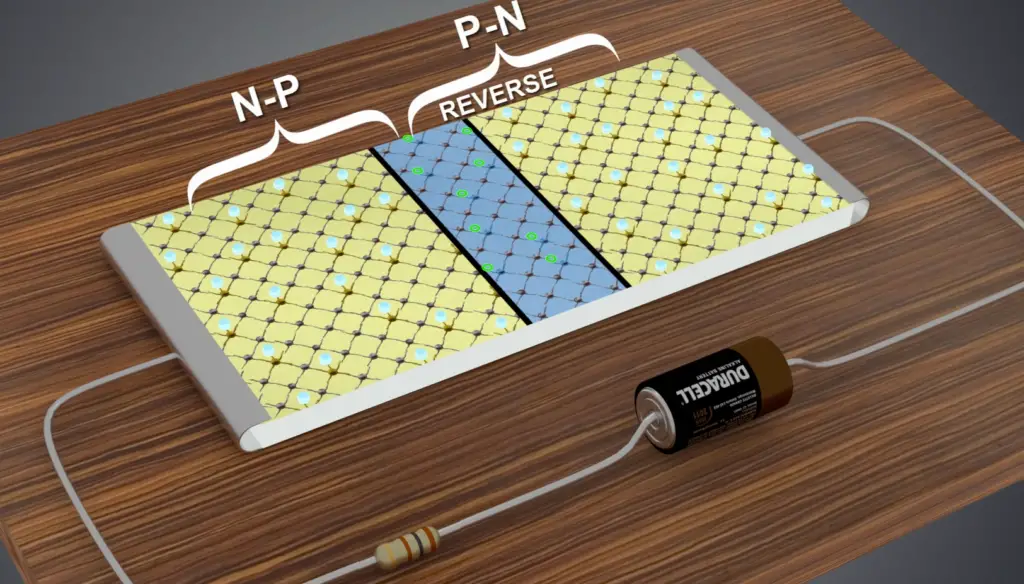
Why Use a Transistor Instead of Switch?
Transistors are preferred over mechanical switches because they are more reliable and efficient, while having fewer parts than a traditional switch.
Additionally, transistors require less energy to operate, making them well-suited for use with low-voltage circuits. They also offer better control than conventional switches since they can be operated at very high speeds and accurately modulate the current flowing through them.
Finally, transistors provide better isolation between the input and output circuits, offering improved protection against damage due to short circuits or other wiring faults.
Overall, transistors provide several advantages over conventional switches in terms of reliability, efficiency and safety. They are an ideal choice for use in a wide range of electronic applications and have become the standard switching device in many industries. [6]
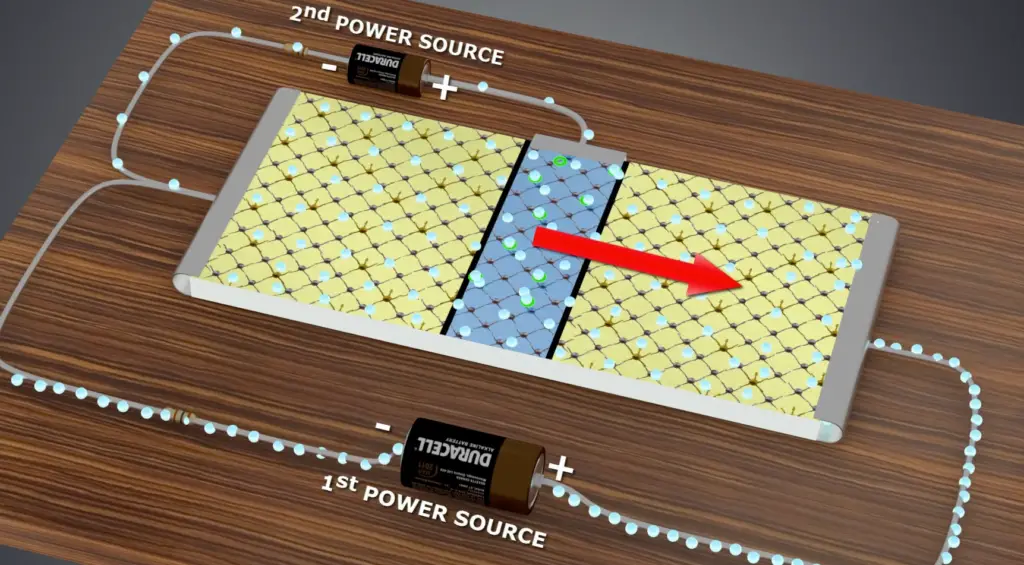
FAQ
Why would you use a transistor as a switch?
A transistor is used as a switch because its properties allow it to be used as an electronic device that can control the amount of current flowing through a circuit. By using a transistor, you can easily adjust the amount of current or voltage going through a particular part of your circuit without making any physical changes to the components in the circuit. This makes it ideal for controlling larger currents than those that could be controlled with a simple mechanical switch.
What types of transistors are best for use as switches?
The most popular type of transistor used as a switch is typically referred to as an NPN (Negative-Positive-Negative) bipolar junction transistor (BJT). This type of transistor has three terminals connected internally and is easily recognized by its three-pin configuration. NPN transistors are commonly used for applications such as controlling LED lights, turning motors and relays on or off, and even controlling the amount of power flowing through a circuit.
Are there any other types of transistors that can be used as switches?
Yes, PNP (Positive-Negative-Positive) bipolar junction transistors can also be used as switches in some cases. While this type of transistor is less common than NPN devices, it still has its own unique advantages and can provide better levels of current control when needed. Additionally, MOSFETs (Metal Oxide Semiconductor Field Effect Transistor) are often used instead of BJTs as they can often provide better control over the current and have fewer power losses when used in high-power applications.
Are there any other considerations to keep in mind when using a transistor as a switch?
Yes, it is important to ensure that your circuit is properly designed before connecting the transistor’s terminals. The amount of voltage or current flowing through the circuit must be taken into account before connecting a transistor; otherwise, it can cause damage to both the component and your circuit. Additionally, maintaining proper heat dissipation for the transistor is critical; if not done correctly, this could lead to premature failure of the component. Lastly, make sure you select a suitable type of transistor for your application and use the correct pin configuration for optimal performance.
How do you use a NPN transistor as a switch?
Using a NPN transistor as a switch is an easy and effective way to control a circuit. To use a NPN transistor as a switch, you will need to connect the base of the transistor to the signal source (e.g., an Arduino pin or other microcontroller). You then connect the collector of the transistor to your power supply and the emitter of the transistor will be connected to ground. When current flows through the base of the transistor, it allows current to flow between collector and emitter terminals, effectively turning on your circuit. When no current is flowing through the base, current does not flow between collector and emitter terminals, effectively turning off your circuit.
It is important to note that for this type of switching application, you must ensure that the NPN transistor is adequately sized for the current requirements of your circuit. Failing to properly size the transistor can result in too much current and heat being drawn, which can lead to thermal runaway and damage to your circuit. Once your circuit is operating correctly and safely, you will be able to control it with a digital signal from a microcontroller or other source.
Where are transistors used as switches?
Transistors are used as switches in a variety of applications, including computer logic circuits, flip-flop circuits, and power control circuits. They can also be used to switch on/off other components such as motors, LEDs and relays. In addition, transistors can be used to amplify signals or provide current gain in amplifier circuits. Transistors can be found in many electronic devices including radios, televisions, cell phones and computers. Additionally, they are commonly used in automotive electronics for controlling the speed of fans, pumps and solenoids.
How much power can a transistor handle?
Transistors are available in a range of power ratings. Generally, low-power transistors can handle up to around 100mA and higher-power rated transistors can handle up to around 10A or more. The type of transistor used will depend on the application and the required current gain/output load.
Do transistors drop voltage?
Yes, transistors act as a voltage drop when used as a switch. When the transistor is in the cut-off region, no current flows through it and therefore there is no voltage drop across it. However, once the transistor is turned on by applying a certain amount of base current (which depends on the type of transistor being used), an increase in collector-emitter voltage results. This causes a voltage drop across the transistor that can be calculated using Ohm’s Law (V = I * R). The exact value of this voltage drop will vary depending on the type of transistor and how much current is passing through it. Additionally, increasing or decreasing the applied base current can change this voltage drop accordingly.
Useful Video: Using a Transistor as a Switch
Conclusion
In conclusion, transistors are a great tool for controlling electricity and creating complex combinations of logic. When used as a switch, they can be incredibly useful for turning devices on or off using very little power. Transistors are also relatively inexpensive and easy to use, making them a cost-effective and reliable option for many applications. With the right knowledge, anyone can set up a transistor switch quickly and easily. So if you’re looking for an efficient way to control electrical signals in your circuit design, then the transistor switch is worth considering!
References
- https://www.electronics-tutorials.ws/transistor/tran_4.html
- https://learn.sparkfun.com/tutorials/transistors/applications-i-switches
- https://www.tutorialspoint.com/transistor-as-a-switch
- https://eepower.com/technical-articles/how-to-operate-a-transistor-as-a-switch/
- https://www.electronicshub.org/transistor-as-a-switch/
- https://www.nutsvolts.com/magazine/article/may2015_Secura





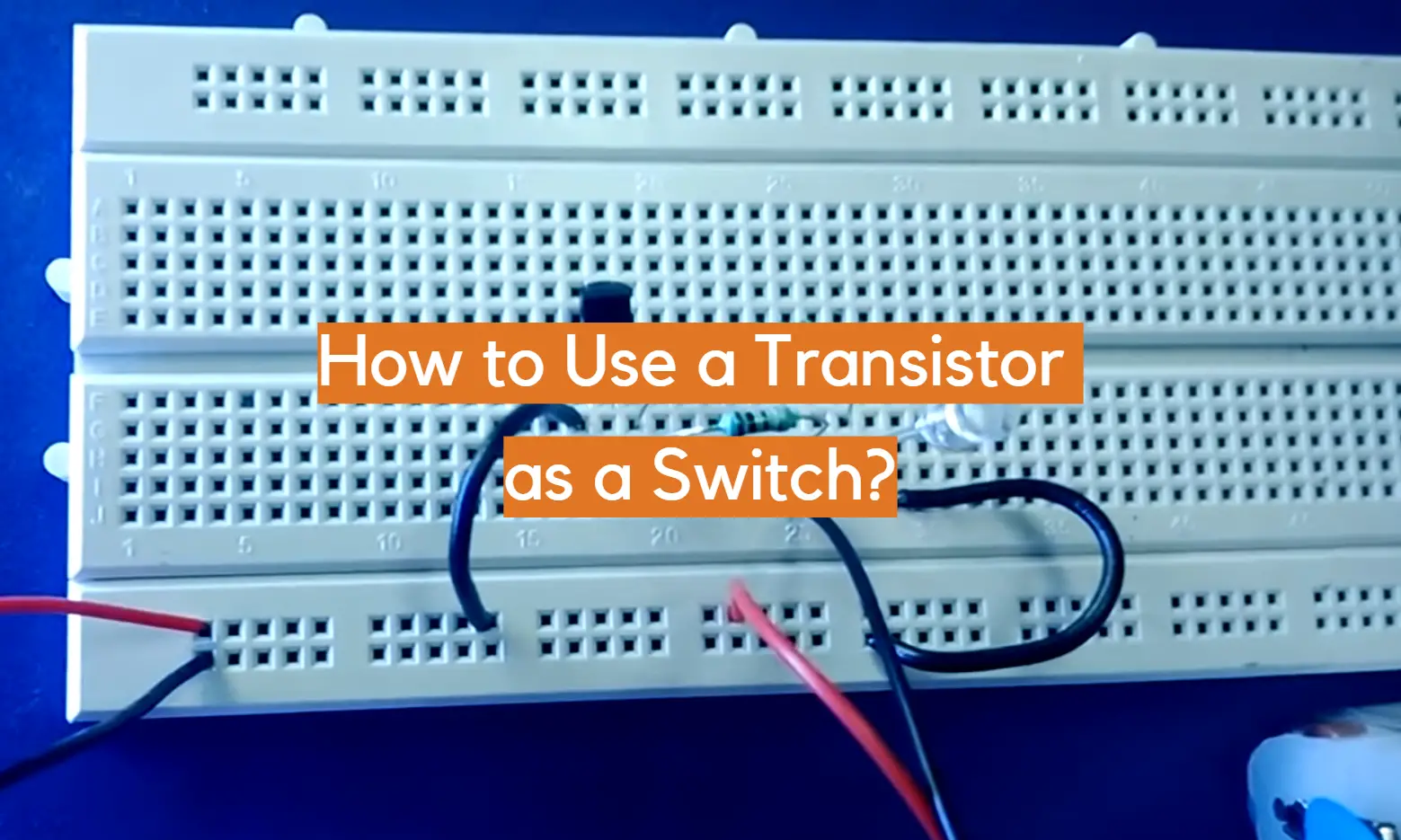







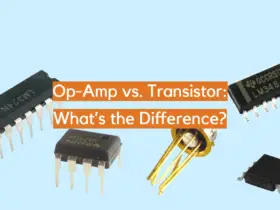
Leave a Reply